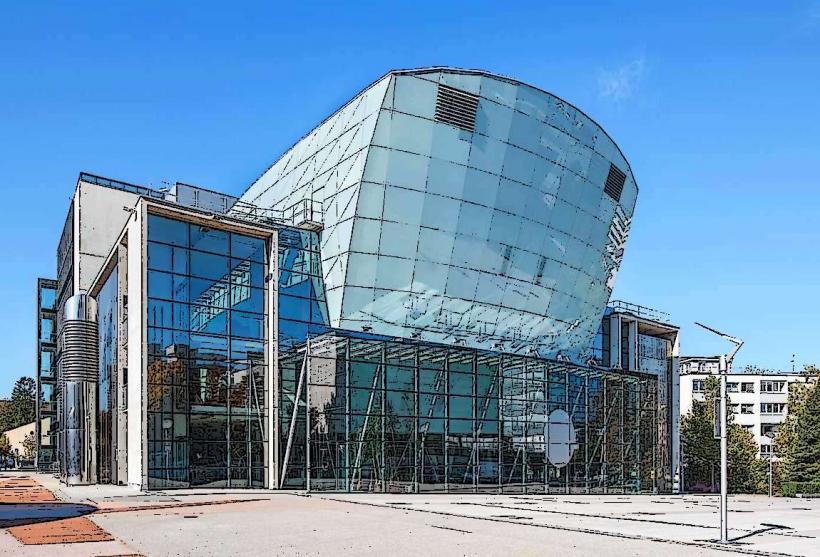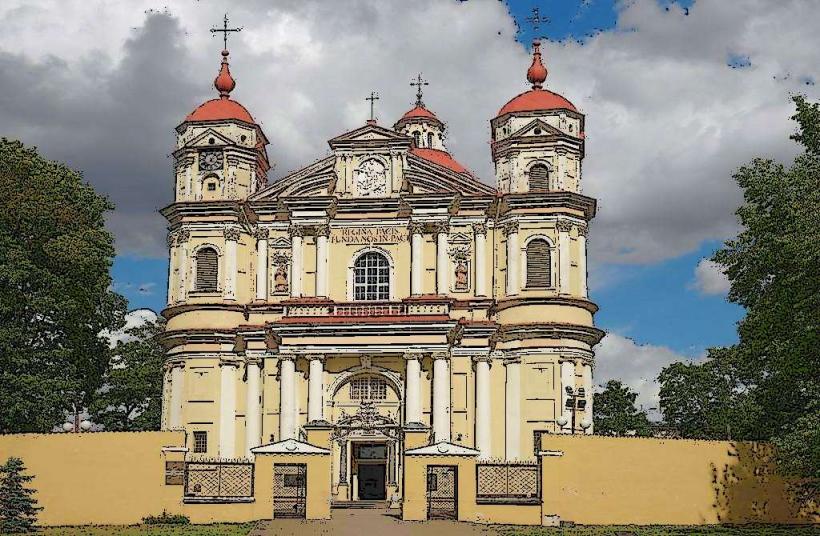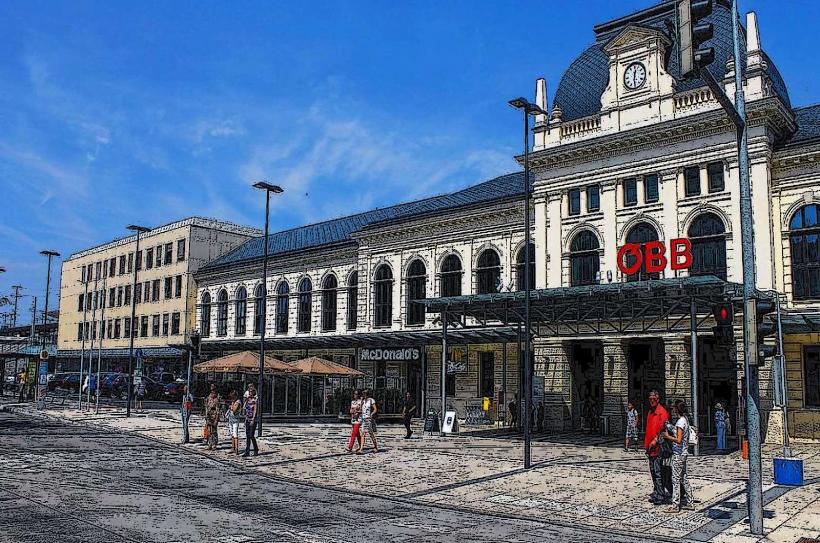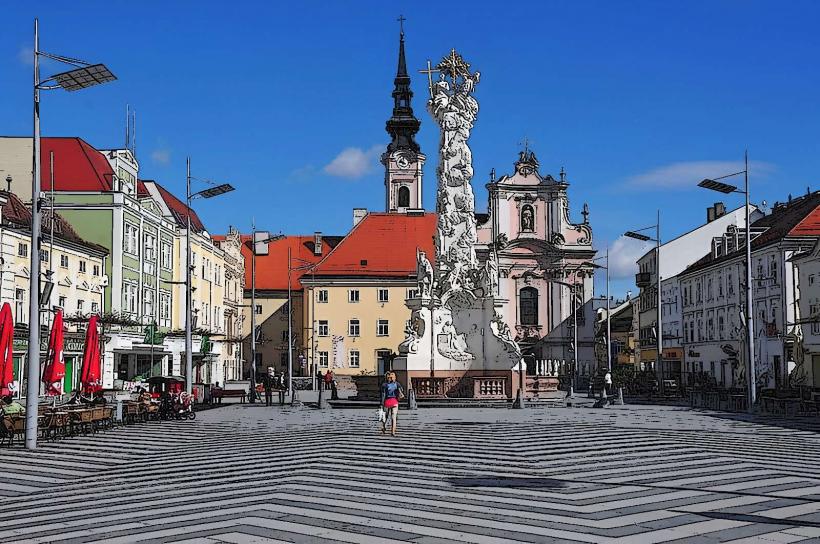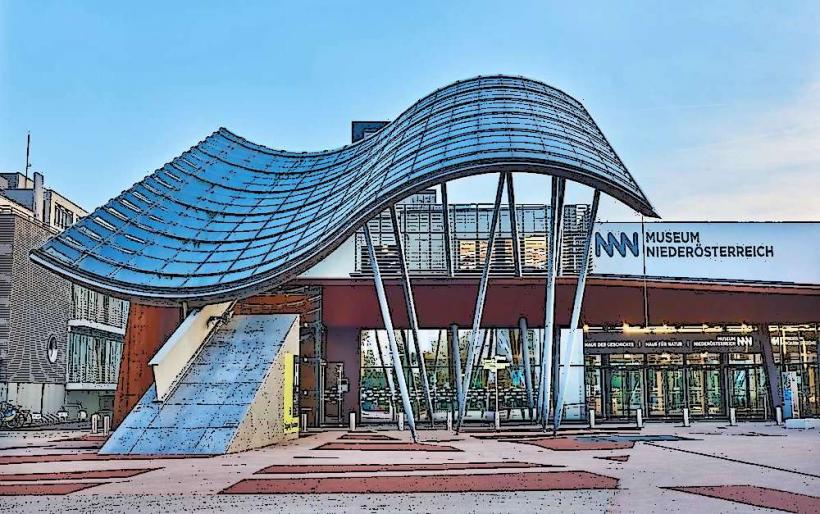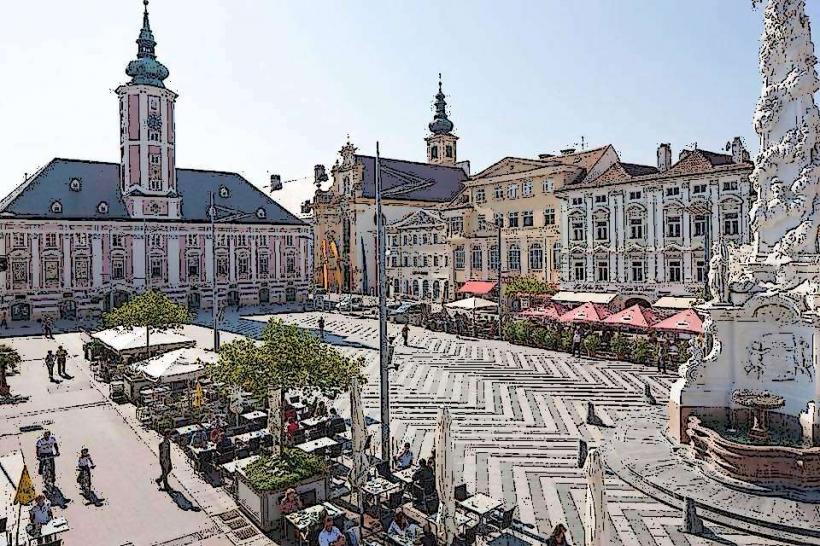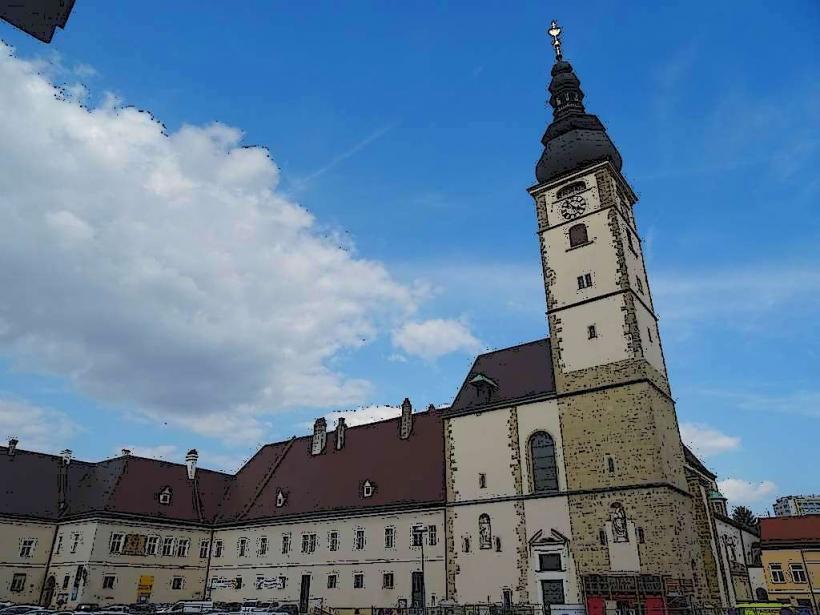Information
Landmark: Regierungsgebäude (Government Building)City: St Polten
Country: Austria
Continent: Europe
The Regierungsgebäude (Government Building) in St. Pölten, the capital of Lower Austria, is a key historical and administrative landmark in the city. It serves as the seat of the State Government of Lower Austria and is a symbol of the region's political power and governance. The building combines architectural elegance with functional space for the administrative work of the provincial government.
Historical Overview
The Regierungsgebäude in St. Pölten was constructed in the 19th century, with later modifications and expansions to accommodate the growing demands of the state administration. St. Pölten became the capital of Lower Austria in 1986, and the building continues to house the provincial government, ensuring its central role in the political and civic life of the region.
Construction: Originally built in the early 19th century, the building was designed to reflect the significance of the provincial administration. It was constructed during a period when Austria was moving toward centralization, and St. Pölten was increasingly becoming the heart of administrative activities for Lower Austria.
Renovations: Over time, the building has undergone several renovations to adapt to modern needs while maintaining its historical charm. These renovations have allowed the structure to retain its impressive architectural features while accommodating new technologies and office spaces for governmental use.
Architectural Features
The Regierungsgebäude is a notable example of Neoclassical and Baroque Revival architectural styles. The design emphasizes grandeur, symmetry, and stateliness, befitting a government building.
1. Facade
The façade of the Regierungsgebäude is one of its most striking features. It is characterized by:
- Symmetry: The building follows a classical design with a balanced and symmetrical arrangement of windows, columns, and decorative elements.
- Neoclassical Elements: The overall design is influenced by Neoclassical architecture, featuring columns and pediments above the doors and windows, reminiscent of ancient Greek and Roman governmental buildings.
- Baroque Revival Detailing: Elements of the Baroque Revival style are seen in the ornate decorations and stately appearance of the exterior, including decorative moldings, arched windows, and sculptural adornments.
2. Courtyards and Interior
The building features several spacious courtyards, which are open to the public for events and provide access to the various administrative departments housed within.
- Grand Staircase: Inside, the building is equally impressive, with a grand staircase leading to the upper floors where the offices of the provincial government are located. The staircases and hallways feature classical proportions and ornamentation, evoking a sense of formality and order.
- Interior Rooms: The rooms within the government building are designed to provide functional office spaces for government officials, but some areas retain historical elements such as frescoes, elegant ceilings, and wood paneling.
3. Public and Administrative Areas
While much of the building is devoted to administrative use, the Regierungsgebäude is also used for public functions, including:
- Press Conferences and Public Events: The government building serves as a venue for public speeches, press conferences, and important ceremonies.
- Public Access: Certain rooms and areas are open to the public during special events, tours, or public gatherings. Some parts of the building also host exhibitions that showcase the history and achievements of Lower Austria.
Function as a Government Center
The Regierungsgebäude is a central hub for the governance of Lower Austria. It houses various government offices, including the Office of the Governor and the Provincial Parliament. It plays a crucial role in the decision-making process and public administration for the region.
- Provincial Government Offices: Key administrative functions, such as policy-making, budgeting, and regional planning, are handled within the building.
- Lower Austrian State Parliament: The building also houses the Lower Austrian Landtag (State Parliament), where legislative matters for the province are discussed and decided.
- Governance Events: The Governor of Lower Austria regularly holds meetings, briefings, and public addresses at the Regierungsgebäude, making it an essential location for the political leadership of the region.
Cultural and Civic Importance
The Regierungsgebäude also holds cultural significance in the city of St. Pölten. As the seat of the provincial government, it is a symbol of democracy and public service. It is frequently visited by citizens, especially during elections, political campaigns, and public hearings. The building also plays a role in hosting cultural events, conferences, and lectures related to governance and public life.
- Civic Engagement: The building stands as a central point for political engagement in Lower Austria, where citizens can participate in democratic processes, attend public hearings, and engage with the governing body.
- Architectural Tours: The Regierungsgebäude is an architectural point of interest in St. Pölten. Guided tours of the building give visitors a chance to learn about its history, the function of provincial governance, and the architectural significance of the structure.
Conclusion
The Regierungsgebäude in St. Pölten is more than just a seat of government; it is a historic and architectural landmark that reflects the administrative and cultural significance of Lower Austria. With its Neoclassical and Baroque Revival design, spacious courtyards, and grand interiors, it stands as an impressive example of government architecture. As a working government building, it remains central to the political life of St. Pölten and the region, while also serving as a cultural and historical site for both locals and visitors.

